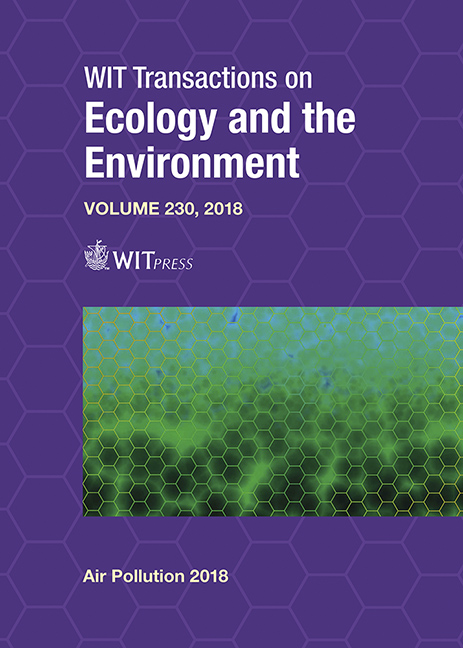THE IMPACT OF EMISSIONS FROM A LARGE COAL-FIRED POWER PLANT ON NEARBY COMMUNITIES IN THE HADERA REGION, ISRAEL
Price
Free (open access)
Transaction
Volume
230
Pages
7
Page Range
597 - 603
Published
2018
Paper DOI
10.2495/AIR180561
Copyright
WIT Press
Author(s)
NURIT SHAHAM-WALDMANN, DANNY MOSHE, NIR SAHAR, ALAN GERTLER
Abstract
The Orot Rabin power plant is a 2,590 MW coal-fired power plant located along the Mediterranean coast north of Tel Aviv. Close by to the east is the city of Hadera. Due to the predominant east-west wind patterns, both Hadera and the nearby communities may be impacted by stack emissions from the power plant. In addition, on-site storage of coal and coal residue can be a source of fugitive PM emissions. To determine the sources contributing to elevated PM10 levels in the region, a source apportionment study was performed at two locations (Hephziba and Pardes-Channa) during August/October 2017. We applied a microscopic chemical imaging (MCI) methodology based on particle fluorescence to determine PM source contributions in near-real time (GreenVision Systems, Ltd., Tel Aviv, “GVS”). For the Hephziba monitoring site, located closest to the power plant and adjacent to a major highway, the major emissions sources were mobile sources (29.8%) and coal power plant emissions (29.1%). In addition, fugitive coal and coal residue were estimated to contribute 11.5% of the observed PM10. At the Pardes-Channa site, located further inland and in a more residential area, contributors included mobile sources (38.6%), coal power plant emissions (19.3%), and fugitive coal and coal residue (2.7%). These results indicate the significant impact of the power plant on observed PM10 in the region, with the nearby site also experiencing a major contribution from fugitive emissions from the facility.
Keywords
PM10, source apportionment, air pollution, fugitive emissions





